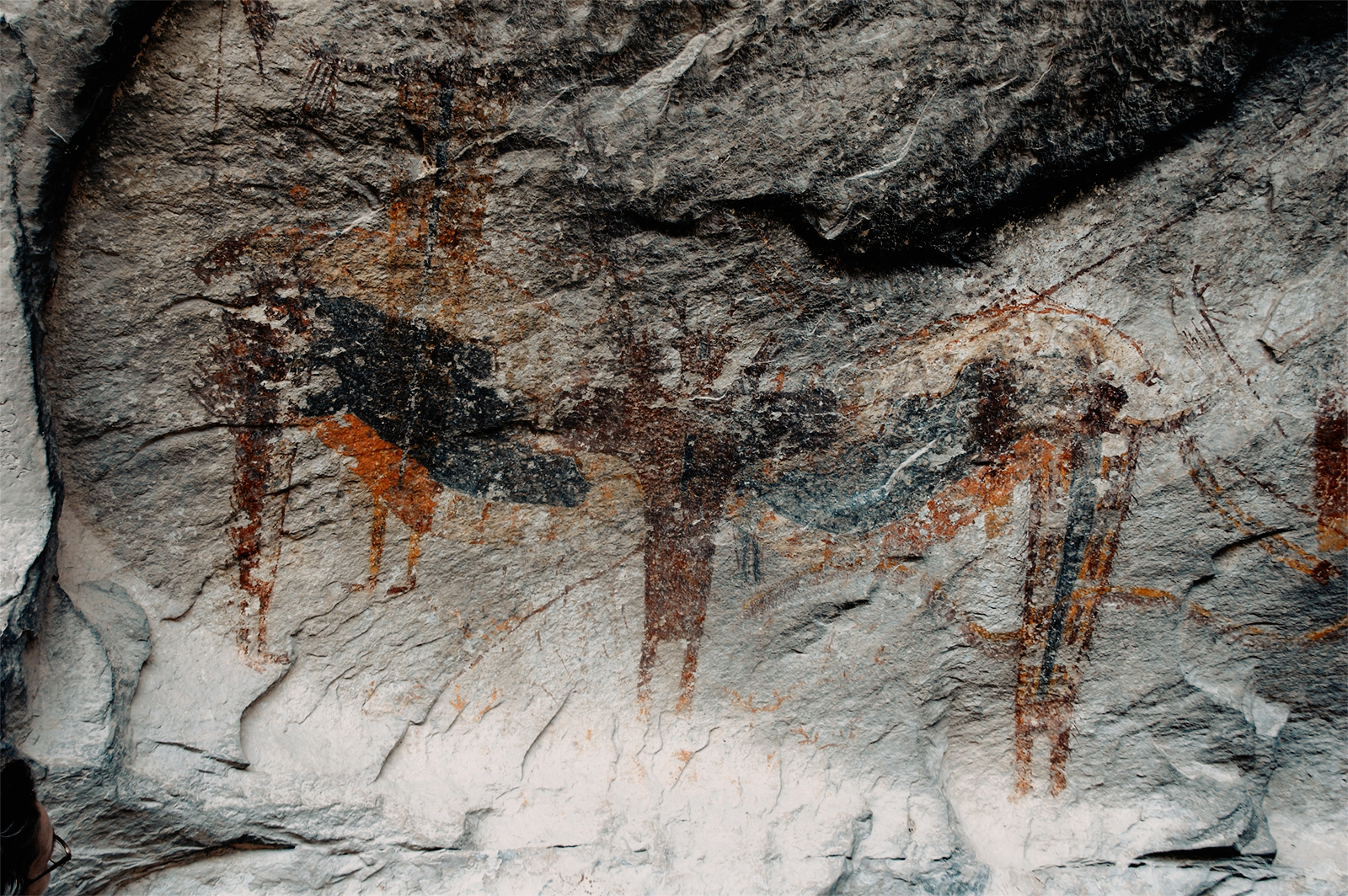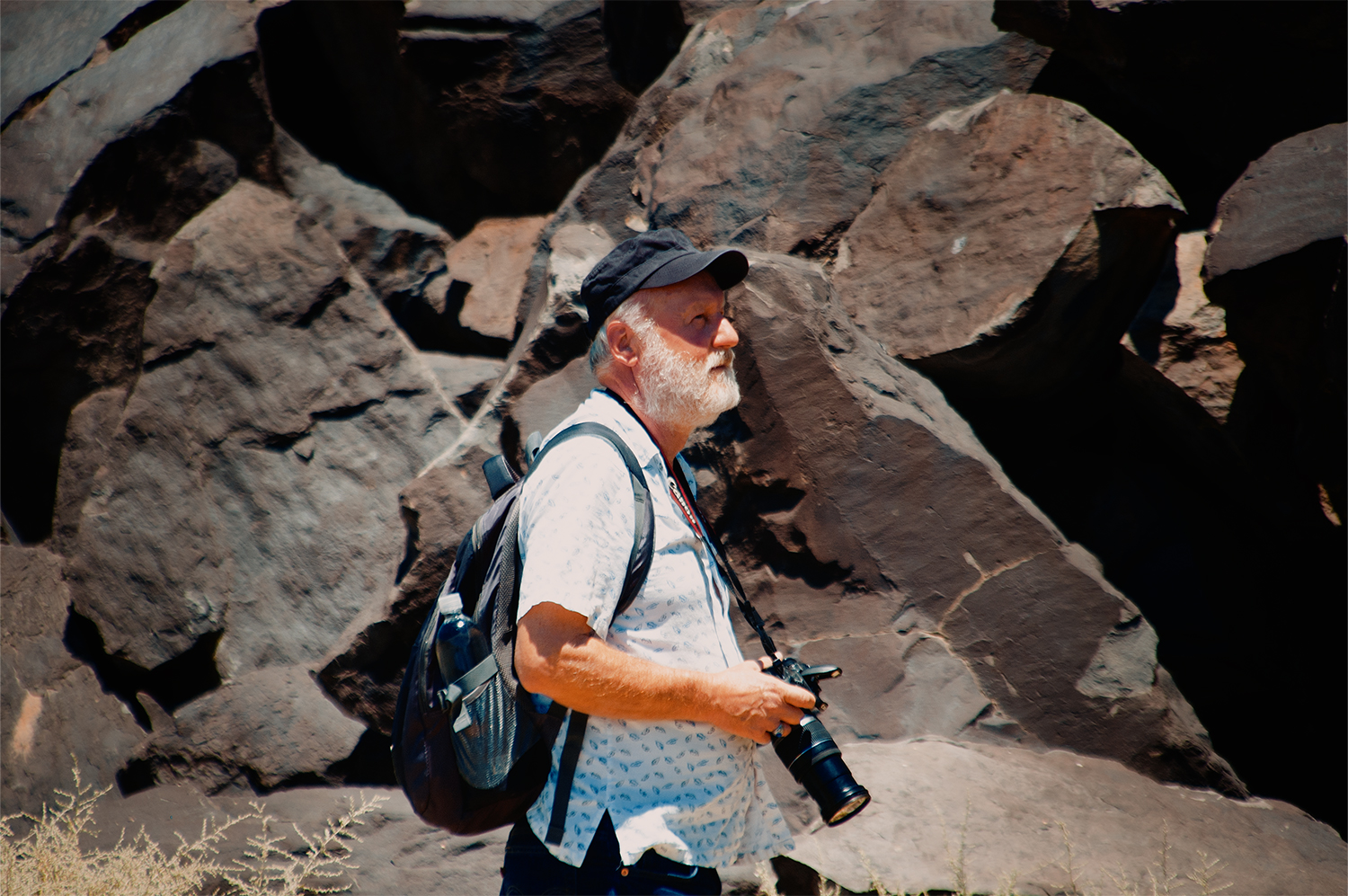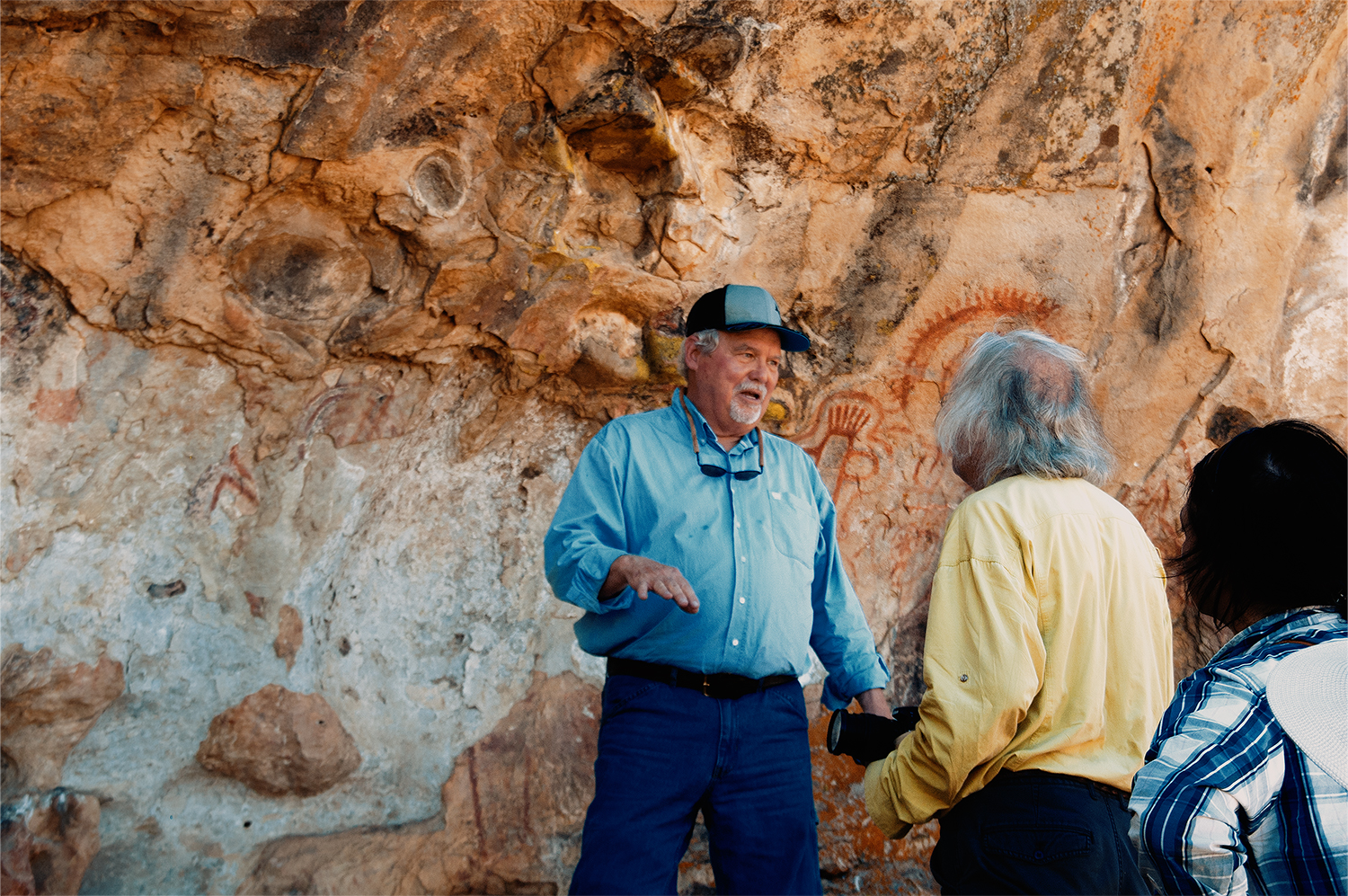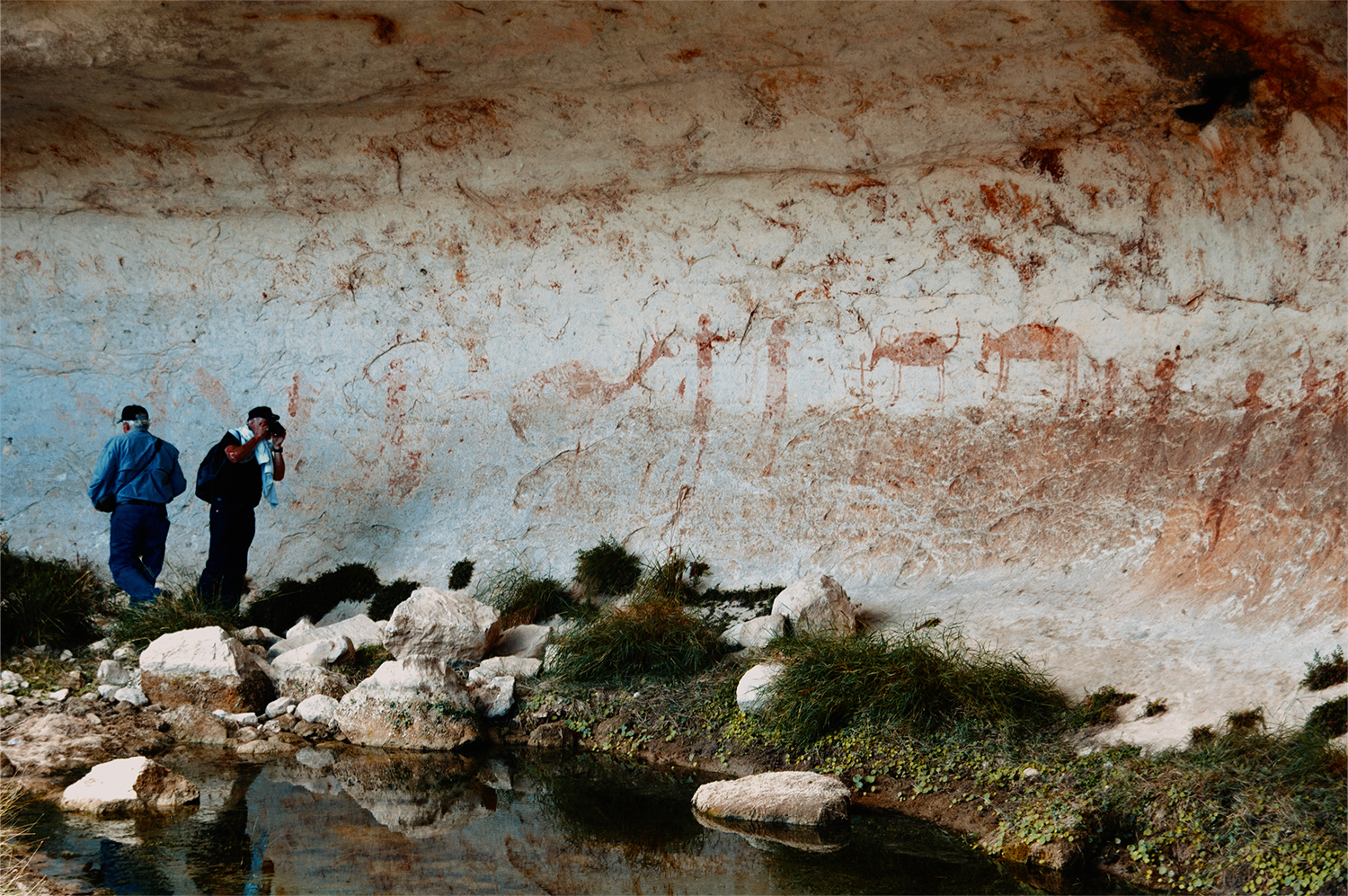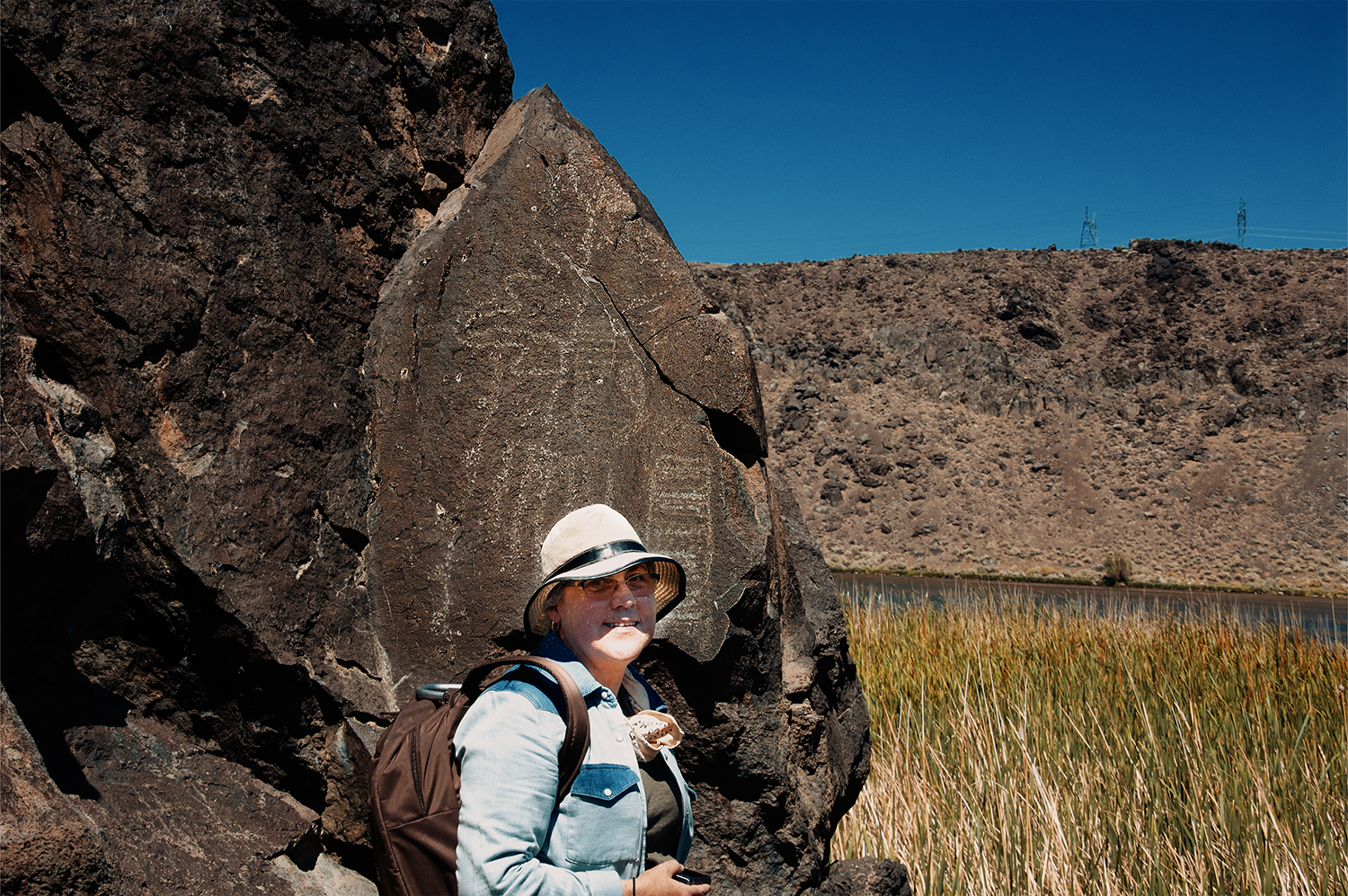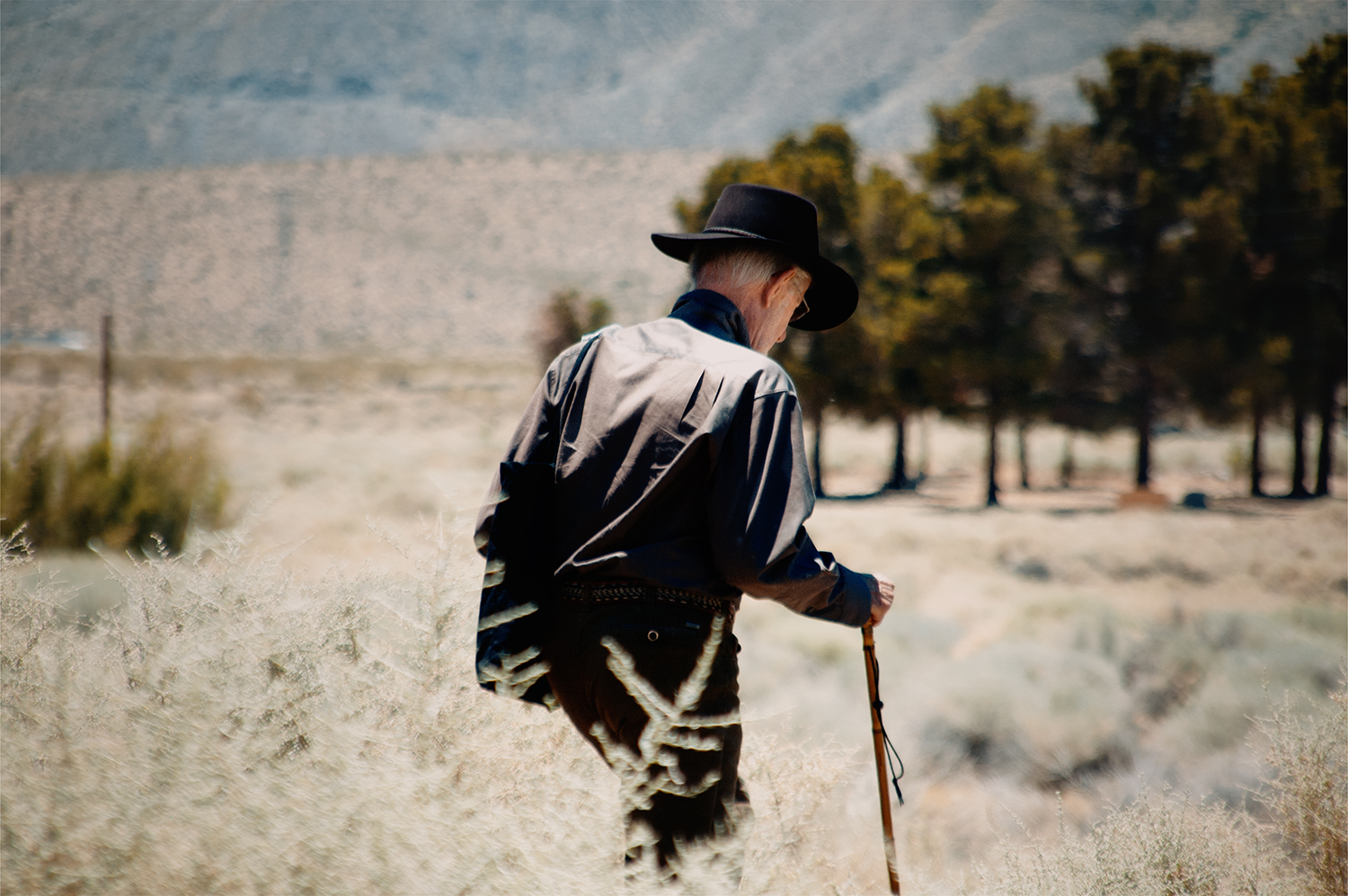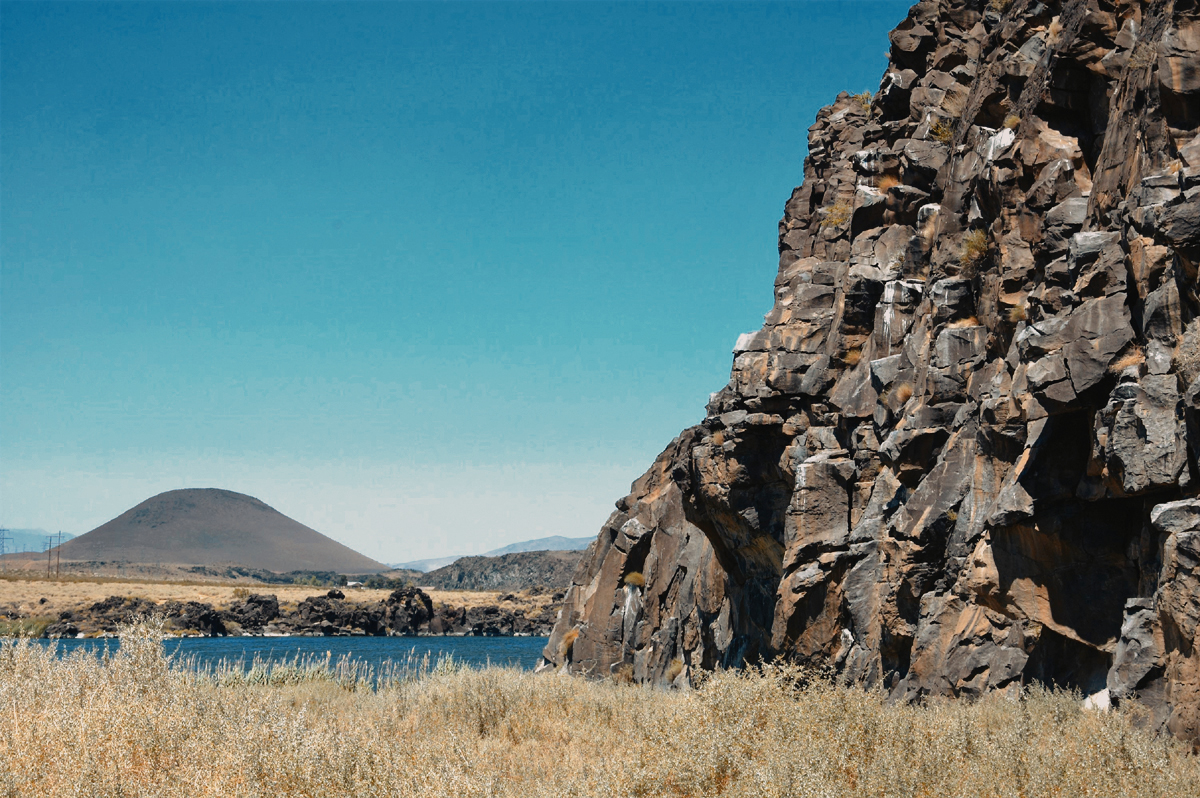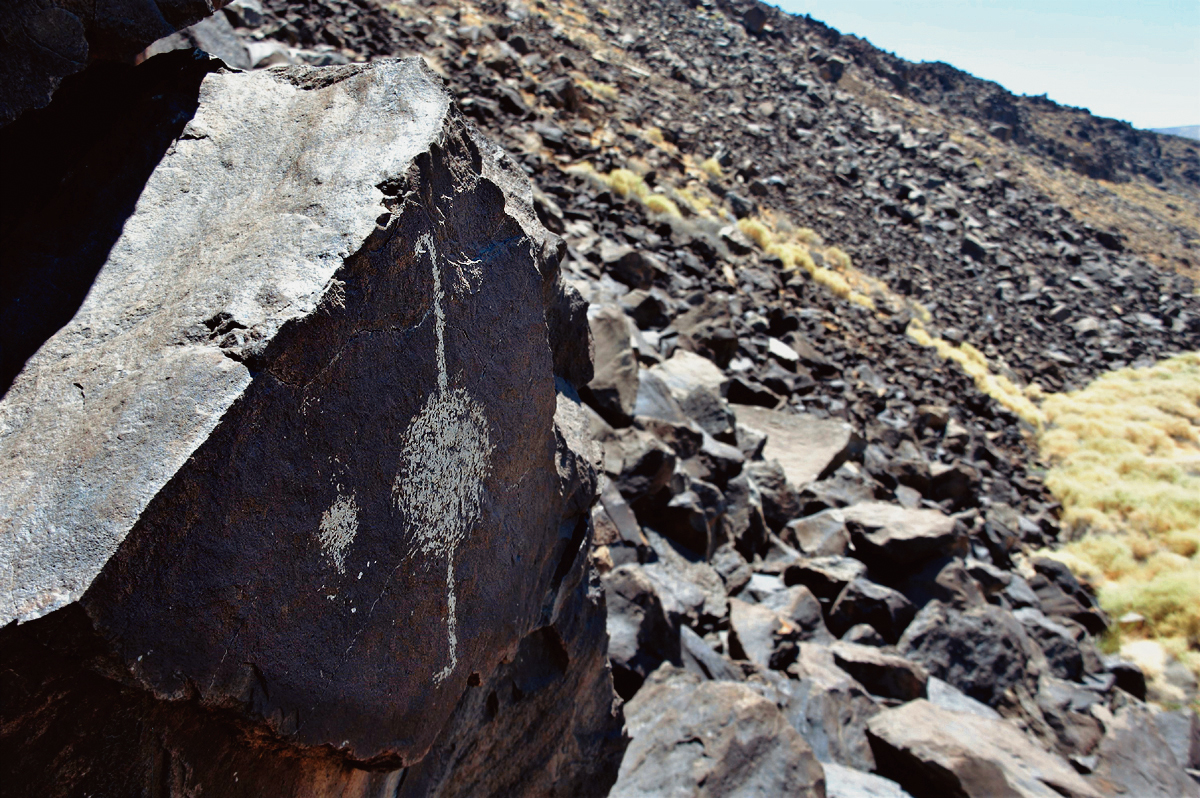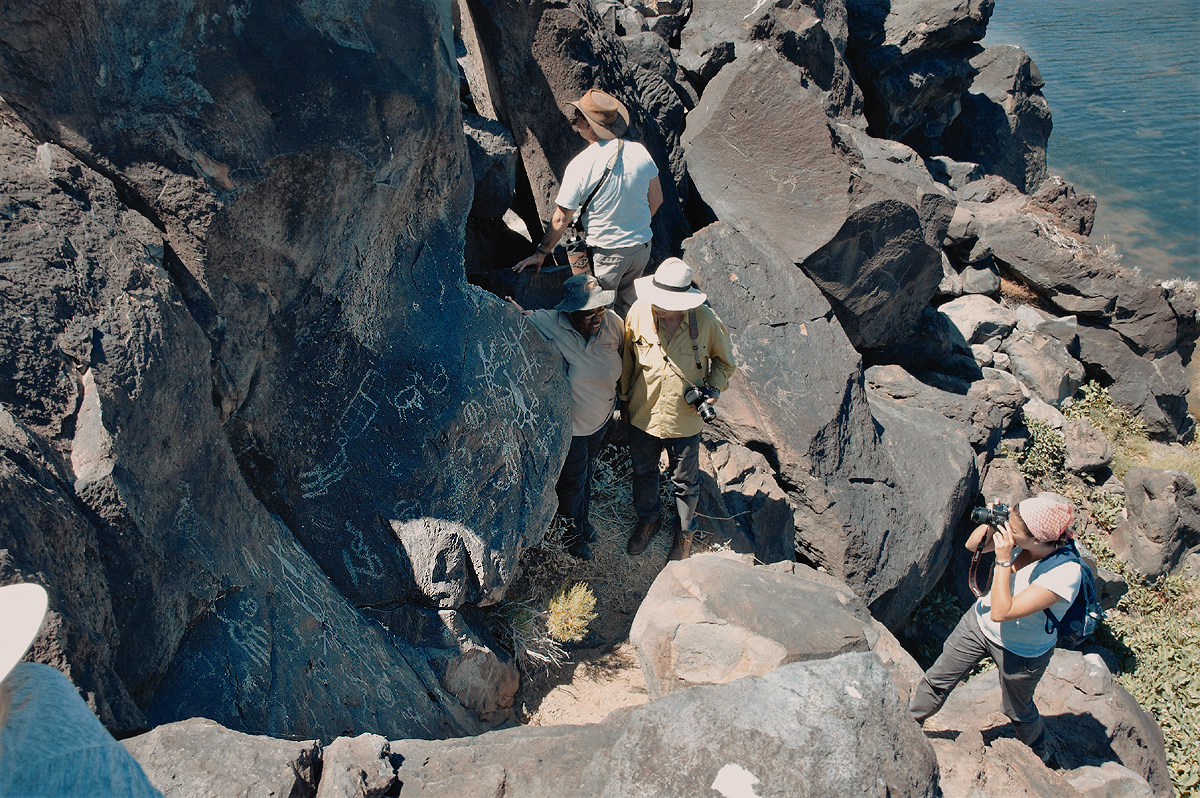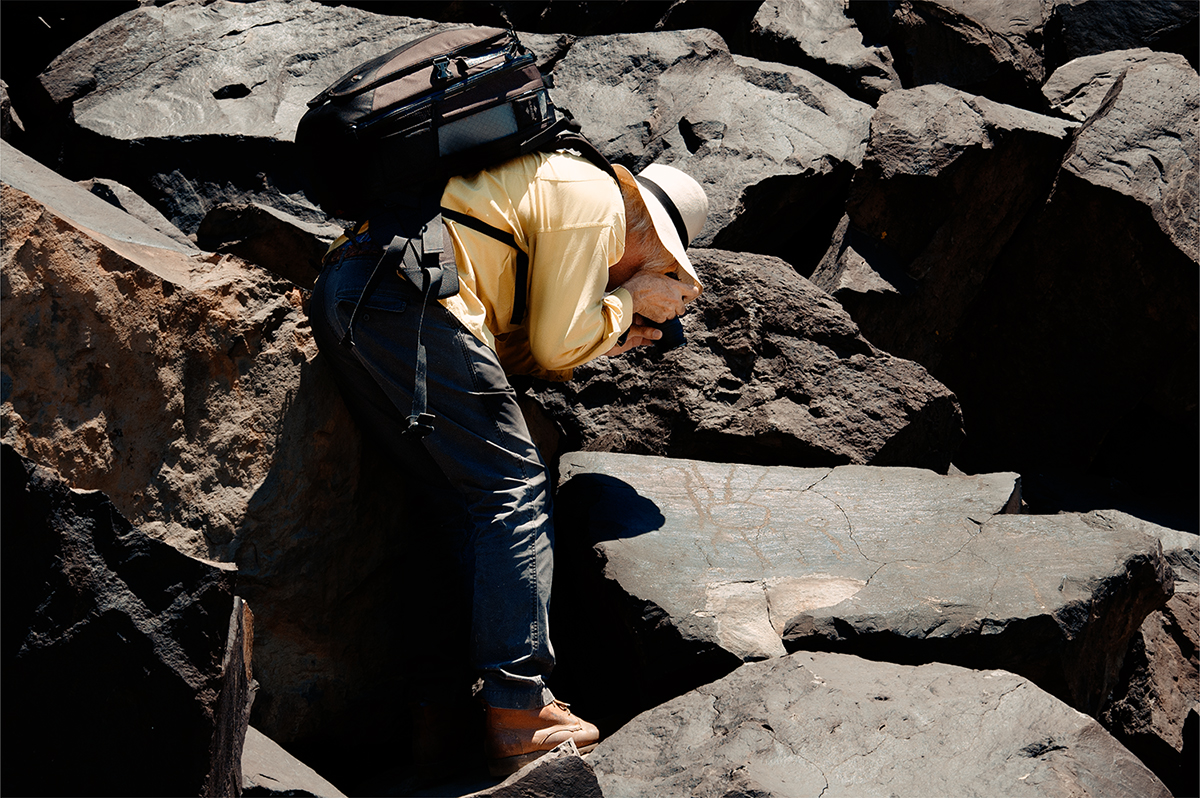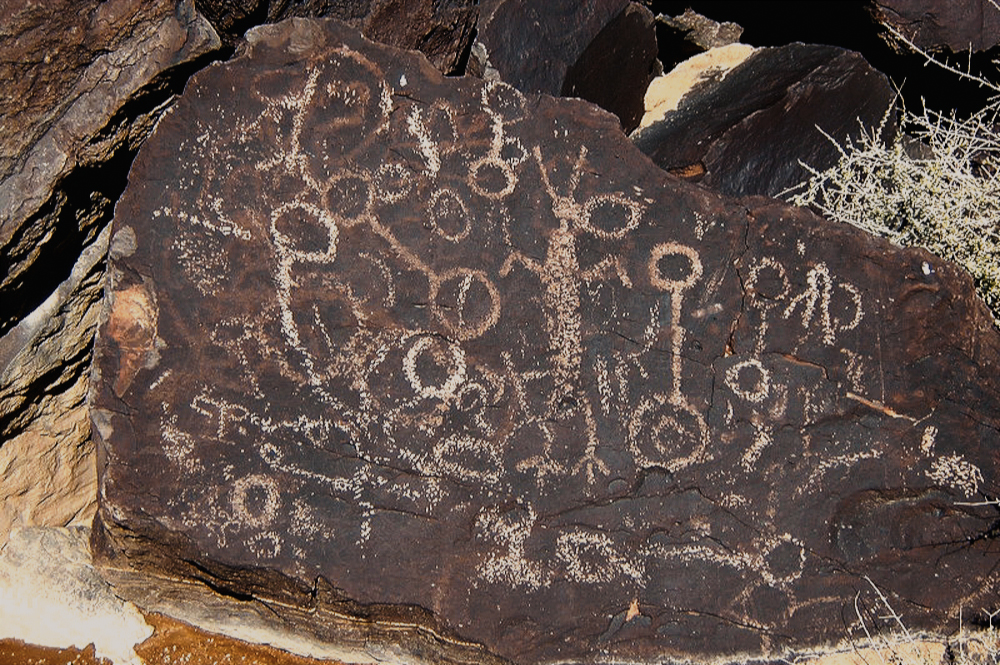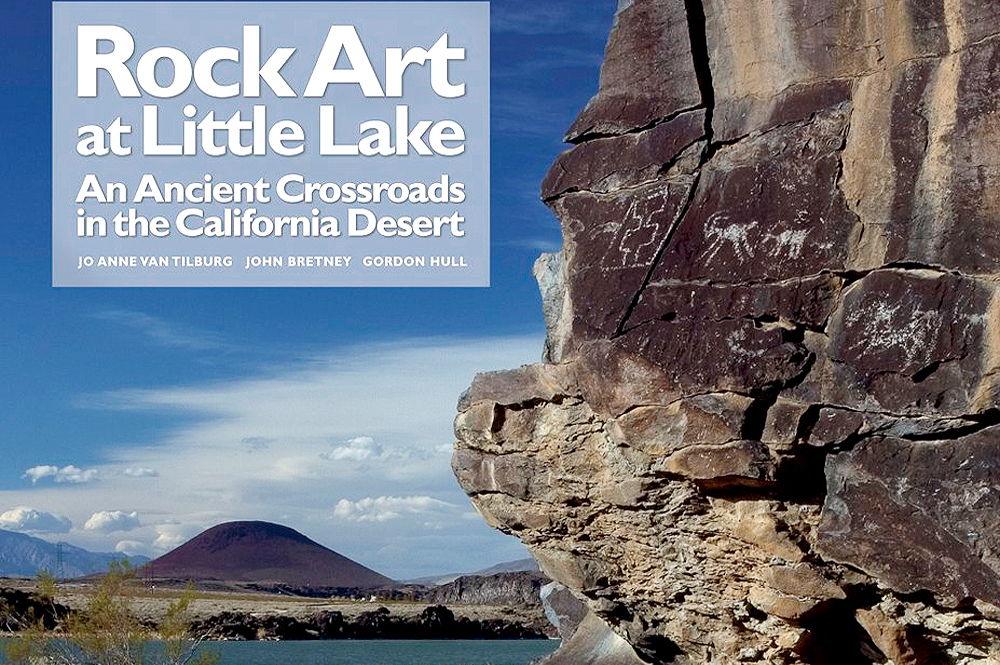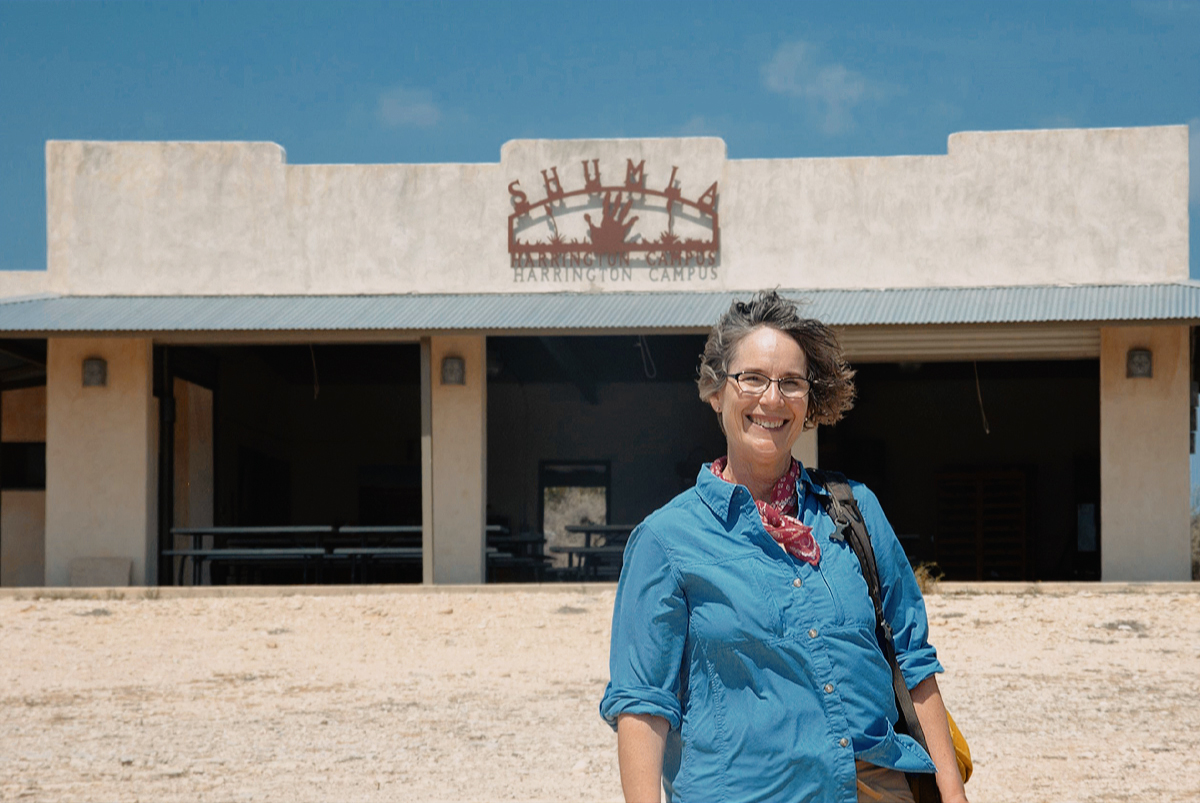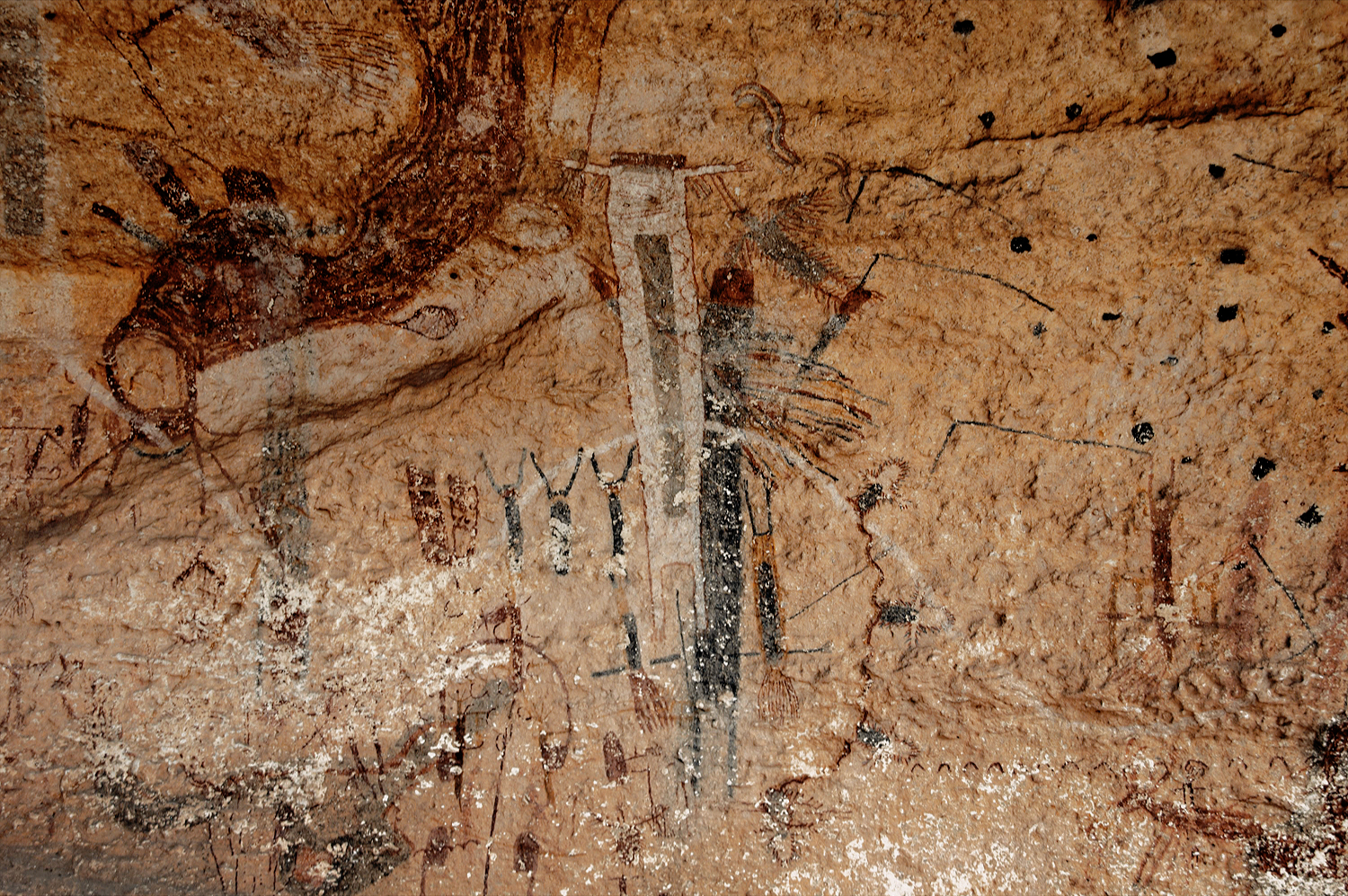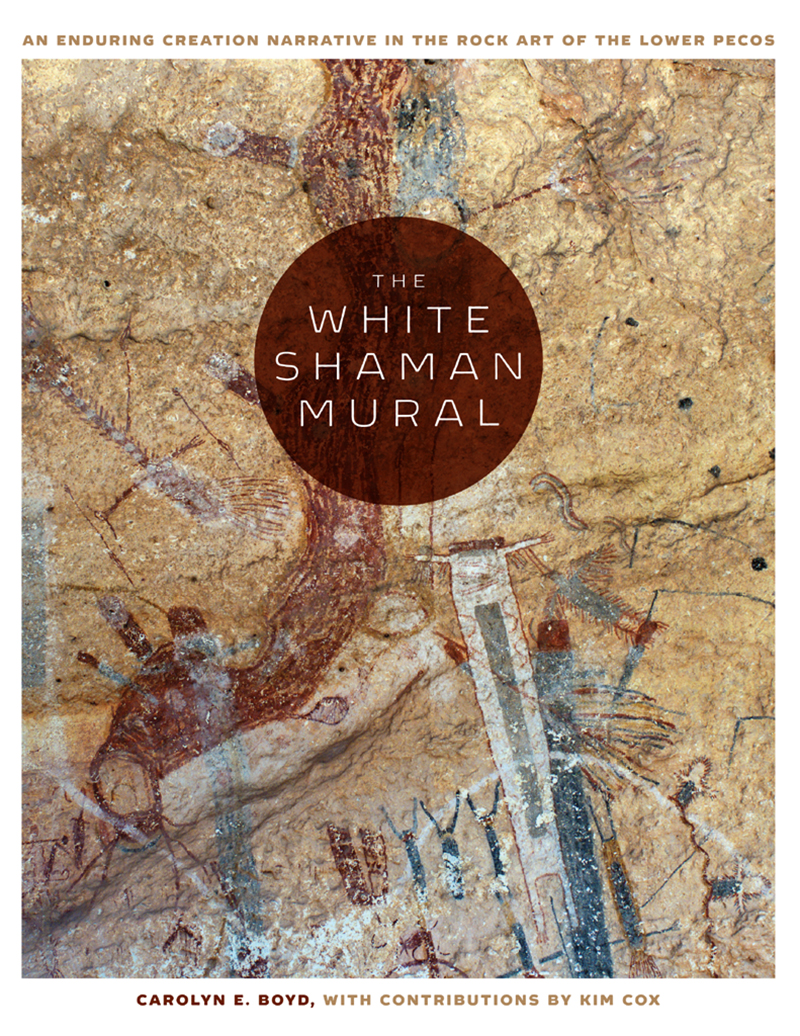
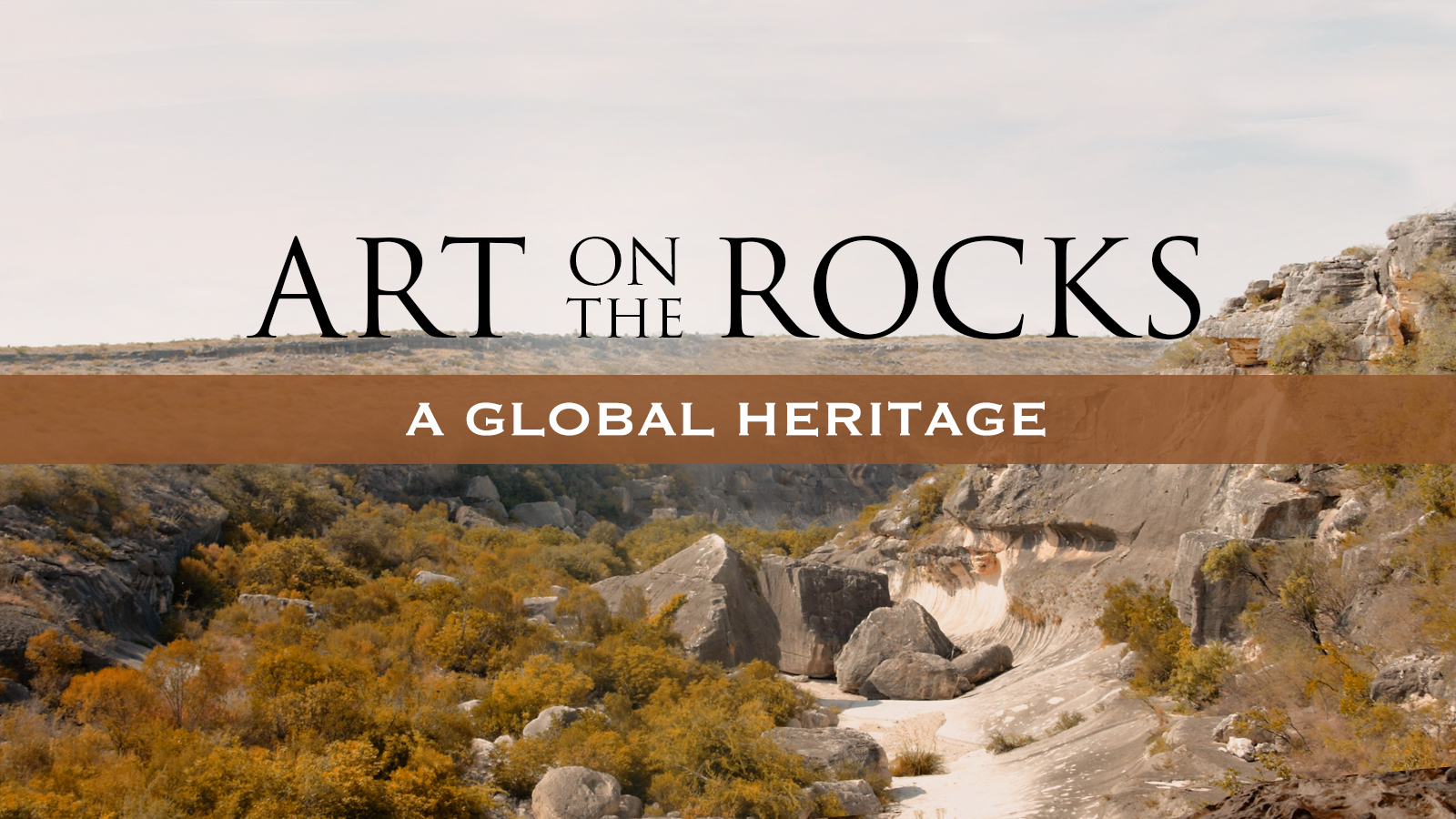
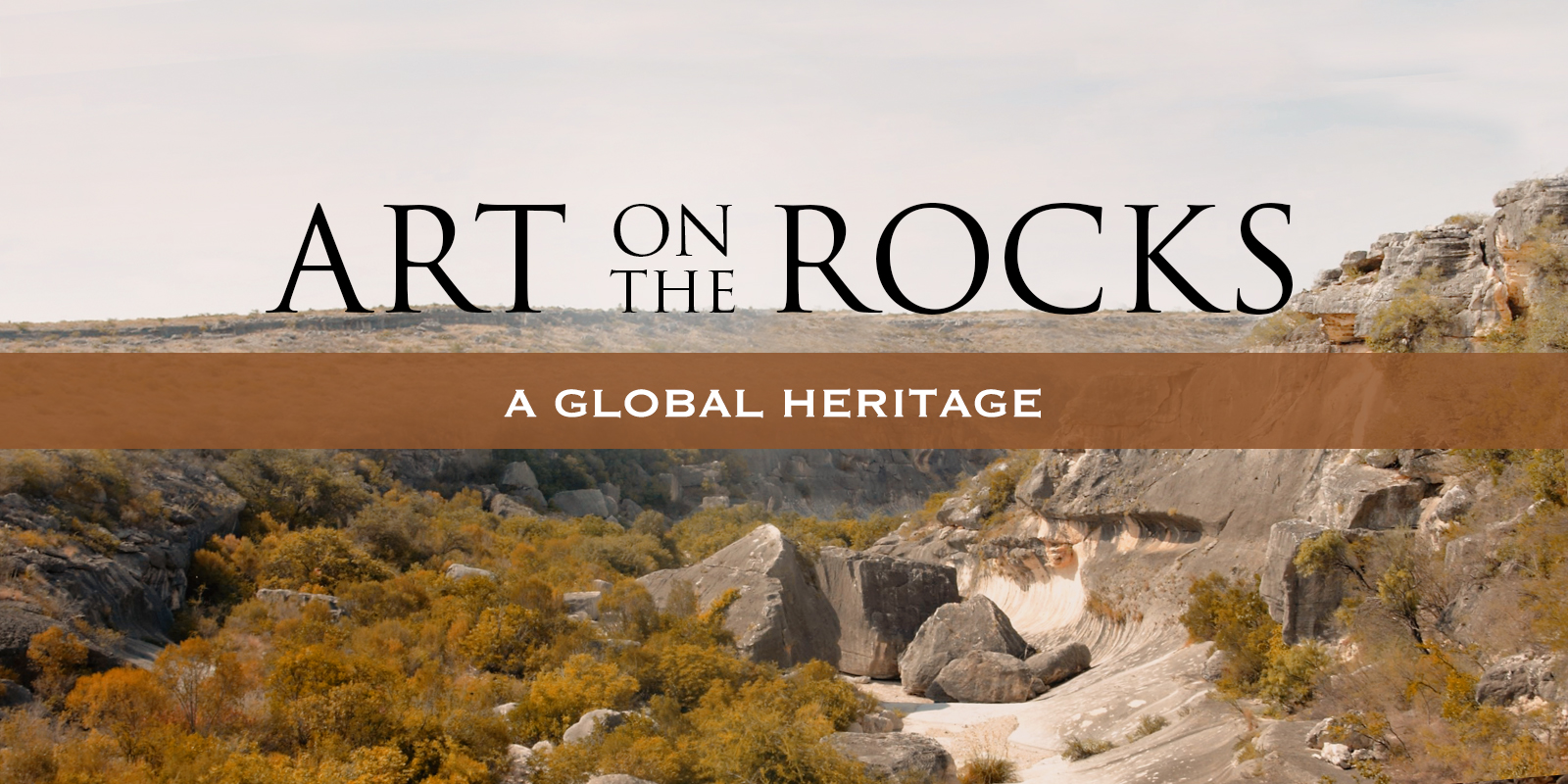
In 2015 the Getty Conservation Institute published Rock Art: A Cultural Treasure at Risk, which arose from the Getty Conservation Institute's Southern African Rock Art Project and its exchange program among rock art specialists, managers, and custodian communities from southern Africa and Australia.
At the June 2018 colloquium, participants addressed two key directives established at the 2017 Namibia colloquium. The first was acknowledgment that to generate awareness for this endangered global heritage, rock art professionals must reach a broader audience. To this end, attendees committed to making greater use of media and to developing content for distribution to a range of audiences.
With greater public enthusiasm for rock art preservation, policy and decision makers who are in positions to enact change will be motivated to do so. The second key directive addressed was the establishment of an informal Rock Art Network through which an exchange of information and intellectual resources can be made among allied professionals. By making connections between those responsible for site management, improved communication can elevate conservation and management practice. Participants committed to formulating tangible action plans to advance the agenda of this informal Rock Art Network.
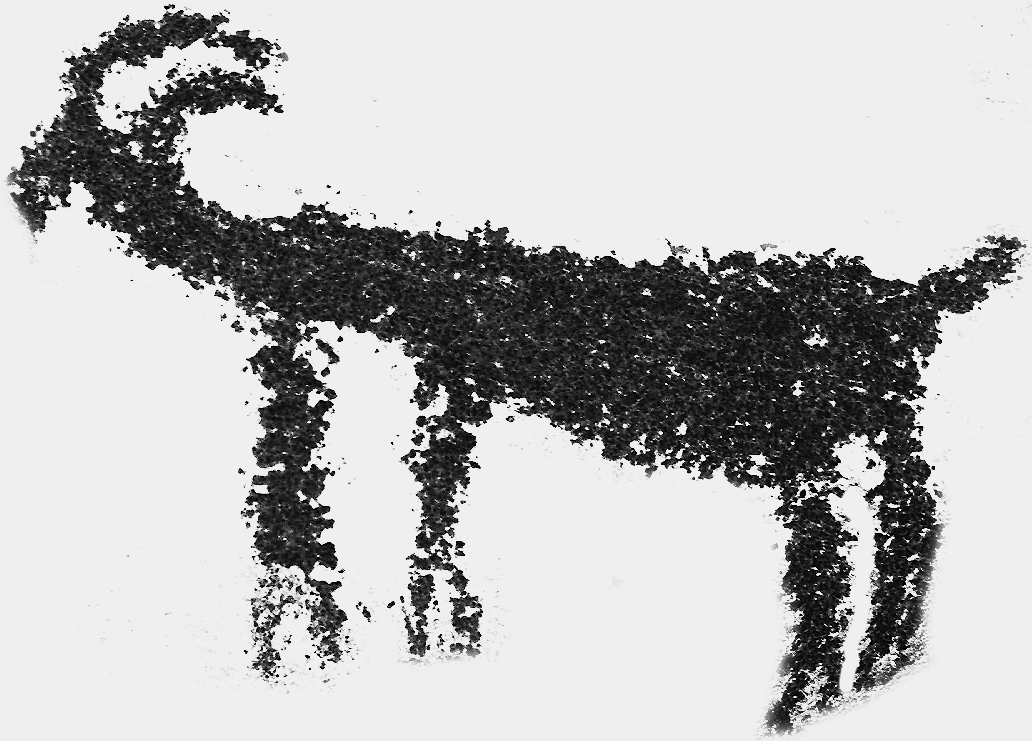
Little Lake is an interrelated complex of rock art loci in the cultural Great Basin. The scratched, pecked, and painted motifs can be found throughout the landscape. Little Lake is related to 3 settlement sites dating back to 6000 BP.
Research in the area has been presented in the publication 'Rock Art at Little Lake: An Ancient Crossroads in the California Desert' by Jo Anne Van Tilburg, Gordon Hull, and John C. Bretney. The product of ten years of fieldwork at Little Lake Ranch in the Rose Valley, the southern gateway to the Owens Valley, this book presents the results of intensive rock art analyses carried out by the interdisciplinary research team of the UCLA Rock Art Archive.
To purchase the book:
http://www.ioa.ucla.edu/press/rock-art-little-lake
https://www.amazon.com/Rock-Art-Little-Lake-Crossroads/dp/1931745935
pictographs dating to around 10,000 years ago.
rock art complex in eastern California.
art complex is in the Coso tradition.
Members of the Rock Art Network visited the White Shaman Panel and several other major rock art sites in central Val Verde County, Texas, as part of the third 'Art on the Rocks' colloquium organized by Neville Agnew, senior principal project specialist of the Getty Conservation Institute of Los Angeles, and were guests of Dr. Carolyn Boyd and the Shumla Archeological Research and Education Center.
Twenty five rock art experts toured the White Shaman Panel above the Pecos River and the Fate Bell Shelter in the Seminole Canyon State Park and Historic Site. At the White Shaman, the group listened to a lecture by Shumla founder Dr. Carolyn Boyd, detailing her extensive research into the panel's symbolism and story. "I didn't expect so many paintings, the quantity and the quality," said Pilar Fatás Monforte, Director of the National Museum and Research Center of Altamira in Spain, the site of some of Europe's oldest and best-known cave paintings.
Thomas McClintock, of the Getty Conservation Institute, stated that the Getty has about 30 years of experience in promoting rock art preservation, noting the institute has published a paper titled, 'Rock Art: A Cultural Treasure at Risk'. He went on to explain that this was the foundational document for what we are doing now. The document sets out four pillars for effective preservation, incorporating all of the values of rock art. What we're doing here is discussing among a group of experts how best to promote the values of rock art to the public.
Carolyn Boyd said "I was really, really honored to have the opportunity to share with them, these incredible scholars from all over the world, the precious rock art that we have here. It's been really spectacular to introduce them, because for most of them, it's their first time to see the rock art here. They were just like, 'Wow, just wow, this is simply amazing!'"
Carolyn Boyd has recently published her research at the White Shaman Panel:
The White Shaman Mural:An Enduring Creation Narrative in the Rock Art of the Lower Pecos
by Carolyn E. Boyd
The prehistoric hunter-gatherers of the Lower Pecos Canyonlands of Texas and Coahuila, Mexico, created some of the most spectacularly complex, colorful, extensive, and enduring rock art of the ancient world. Perhaps the greatest of these masterpieces is the White Shaman mural, an intricate painting that spans some twenty-six feet in length and thirteen feet in height on the wall of a shallow cave overlooking the Pecos River. In 'The White Shaman Mural', Carolyn E. Boyd takes us on a journey of discovery as she builds a convincing case that the mural tells a story of the birth of the sun and the beginning of time making it possibly the oldest pictorial creation narrative in North America.
Unlike previous scholars who have viewed Pecos rock art as random and indecipherable, Boyd demonstrates that the White Shaman mural was intentionally composed as a visual narrative, using a graphic vocabulary of images to communicate multiple levels of meaning and function. Drawing on twenty five years of archaeological research and analysis, as well as insights from ethnohistory and art history, Boyd identifies patterns in the imagery that equate, in stunning detail, to the mythologies of Uto-Aztecan-speaking peoples, including the ancient Aztec and the present-day Huichol. This paradigm-shifting identification of core Mesoamerican beliefs in the Pecos rock art reveals that a shared ideological universe was already firmly established among foragers living in the Lower Pecos region as long as four thousand years ago.
→ Members and affiliated institutions of the Rock Art Network
by
George Nash
5/09/2024 Recent Articles
→ Sigubudu: Paintings of people with guns in the northern uKhahlamba-Drakensberg
by Aron Mazel
22/07/2024
by Richard Kuba
13/06/2024
by Meenakshi Dubey-Pathak
8/03/2024
by Rock Art Network
6/02/2024
by Rock Art Network
14/12/2023
by Sam Challis
5/12/2023
by Aron Mazel
30/11/2023
by Sam Challis
21/11/2023
by Sam Challis
15/11/2023
by Sam Challis
10/11/2023
by Rock Art Network
6/11/2023
by Rock Art Network
3/11/2023
by Aron Mazel
2/11/2023
by Meenakshi Dubey-Pathak
26/09/2023
by Paul Taçon
24/08/2023
by Aron Mazel
13/06/2023
by Paul Taçon
5/06/2023
by Paul Taçon
15/03/2023
by George Nash
14/03/2023
by Noel Hidalgo Tan
10/02/2023
by George Nash
01/02/2023
by Meenakshi Dubey-Pathak, Pilar Fatás Monforte
29/11/2022
by Aron Mazel, George Nash
21/09/2022
by Paul S.C. Taçon, Sally K. May, Ursula K. Frederick, Jo McDonald
07/07/2022
by Meenakshi Dubey-Pathak
26/07/2022
by Paul Taçon
20/07/2022
by David Coulson
16 June 2022
by Paul Taçon
25 April 2022
by Noel Hidalgo Tan
20 April 2022
by Meenakshi Dubey-Pathak
14 March 2022
by Carolyn Boyd & Pilar Fatás
02 March 2022
by David Coulson
07 February 2022
by Johannes H. N. Loubser
06 February 2022
by Meenakshi Dubey-Pathak
05 February 2022
by Aron Mazel
28 January 2022
by Aron Mazel
8 September 2021
by David Coulson
17 August 2021
by Ffion Reynolds
21 June 2021

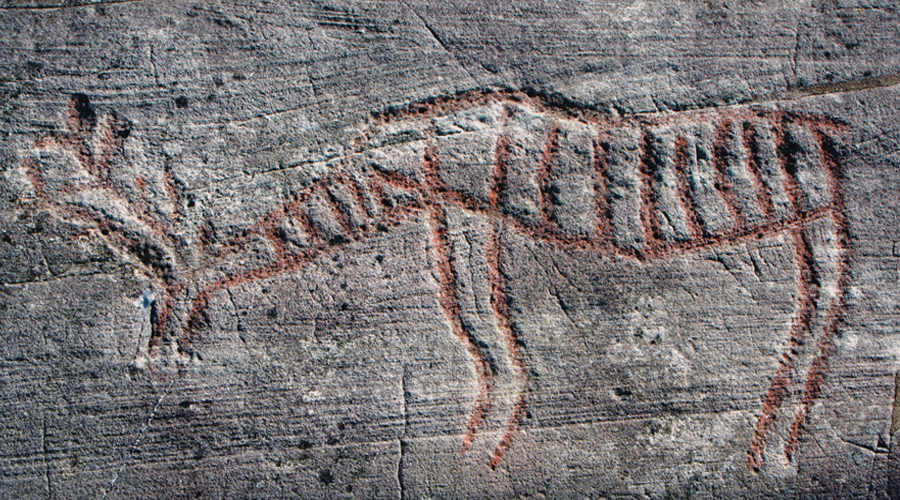
by Aron Mazel
22/07/2024
by Richard Kuba
13/06/2024
by Meenakshi Dubey-Pathak
8/03/2024
by Rock Art Network
6/02/2024
by Rock Art Network
14/12/2023
by Sam Challis
5/12/2023
by Aron Mazel
30/11/2023
by Sam Challis
21/11/2023
by Sam Challis
15/11/2023
by Sam Challis
10/11/2023
by Rock Art Network
6/11/2023
by Rock Art Network
3/11/2023
by Aron Mazel
2/11/2023
by Meenakshi Dubey-Pathak
26/09/2023
by Paul Taçon
24/08/2023
by Aron Mazel
13/06/2023
by Paul Taçon
5/06/2023
by Paul Taçon
15/03/2023
by George Nash
14/03/2023
by Noel Hidalgo Tan
10/02/2023
by George Nash
01/02/2023
by Meenakshi Dubey-Pathak, Pilar Fatás Monforte
29/11/2022
by Aron Mazel, George Nash
21/09/2022
by Paul S.C. Taçon, Sally K. May, Ursula K. Frederick, Jo McDonald
07/07/2022
by Meenakshi Dubey-Pathak
26/07/2022
by Paul Taçon
20/07/2022
by David Coulson
16 June 2022
by Paul Taçon
25 April 2022
by Noel Hidalgo Tan
20 April 2022
by Meenakshi Dubey-Pathak
14 March 2022
by Carolyn Boyd & Pilar Fatás
02 March 2022
by David Coulson
07 February 2022
by Johannes H. N. Loubser
06 February 2022
by Meenakshi Dubey-Pathak
05 February 2022
by Aron Mazel
28 January 2022
by Aron Mazel
8 September 2021
by David Coulson
17 August 2021
by Ffion Reynolds
21 June 2021
Friend of the Foundation


by Aron Mazel
22/07/2024
by Richard Kuba
13/06/2024
by Meenakshi Dubey-Pathak
8/03/2024
by Rock Art Network
6/02/2024
by Rock Art Network
14/12/2023
by Sam Challis
5/12/2023
by Aron Mazel
30/11/2023
by Sam Challis
21/11/2023
by Sam Challis
15/11/2023
by Sam Challis
10/11/2023
by Rock Art Network
6/11/2023
by Rock Art Network
3/11/2023
by Aron Mazel
2/11/2023
by Meenakshi Dubey-Pathak
26/09/2023
by Paul Taçon
24/08/2023
by Aron Mazel
13/06/2023
by Paul Taçon
5/06/2023
by Paul Taçon
15/03/2023
by George Nash
14/03/2023
by Noel Hidalgo Tan
10/02/2023
by George Nash
01/02/2023
by Meenakshi Dubey-Pathak, Pilar Fatás Monforte
29/11/2022
by Aron Mazel, George Nash
21/09/2022
by Paul S.C. Taçon, Sally K. May, Ursula K. Frederick, Jo McDonald
07/07/2022
by Meenakshi Dubey-Pathak
26/07/2022
by Paul Taçon
20/07/2022
by David Coulson
16 June 2022
by Paul Taçon
25 April 2022
by Noel Hidalgo Tan
20 April 2022
by Meenakshi Dubey-Pathak
14 March 2022
by Carolyn Boyd & Pilar Fatás
02 March 2022
by David Coulson
07 February 2022
by Johannes H. N. Loubser
06 February 2022
by Meenakshi Dubey-Pathak
05 February 2022
by Aron Mazel
28 January 2022
by Aron Mazel
8 September 2021
by David Coulson
17 August 2021
by Ffion Reynolds
21 June 2021
Friend of the Foundation
